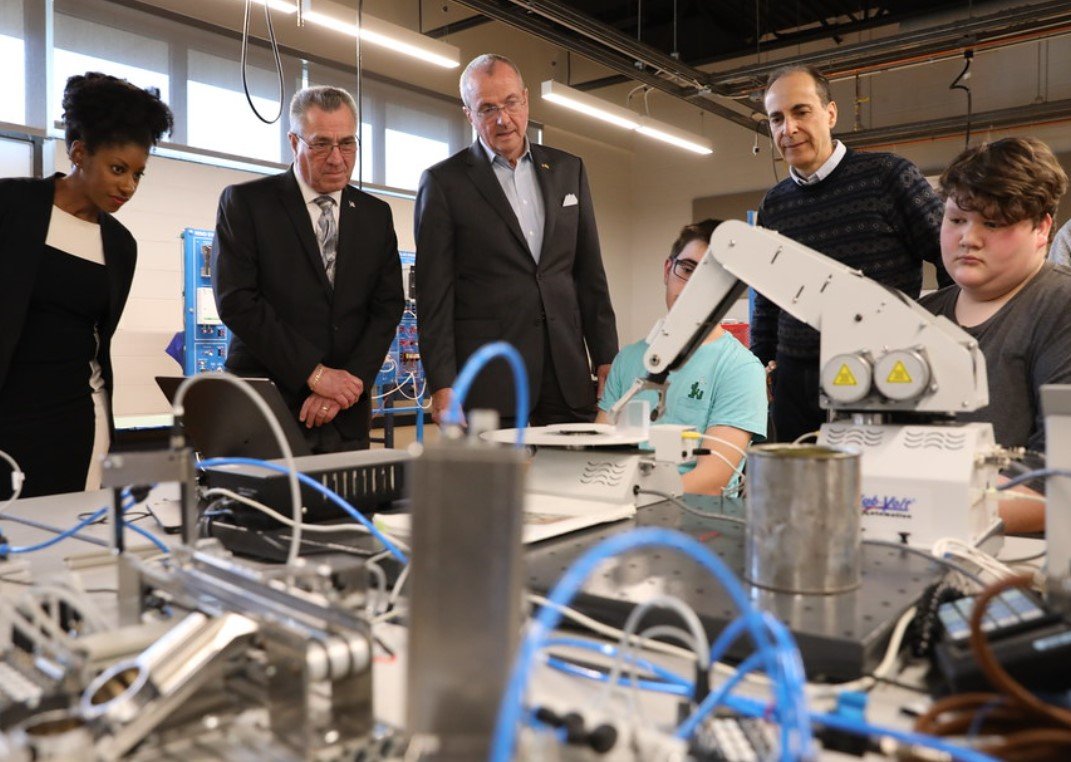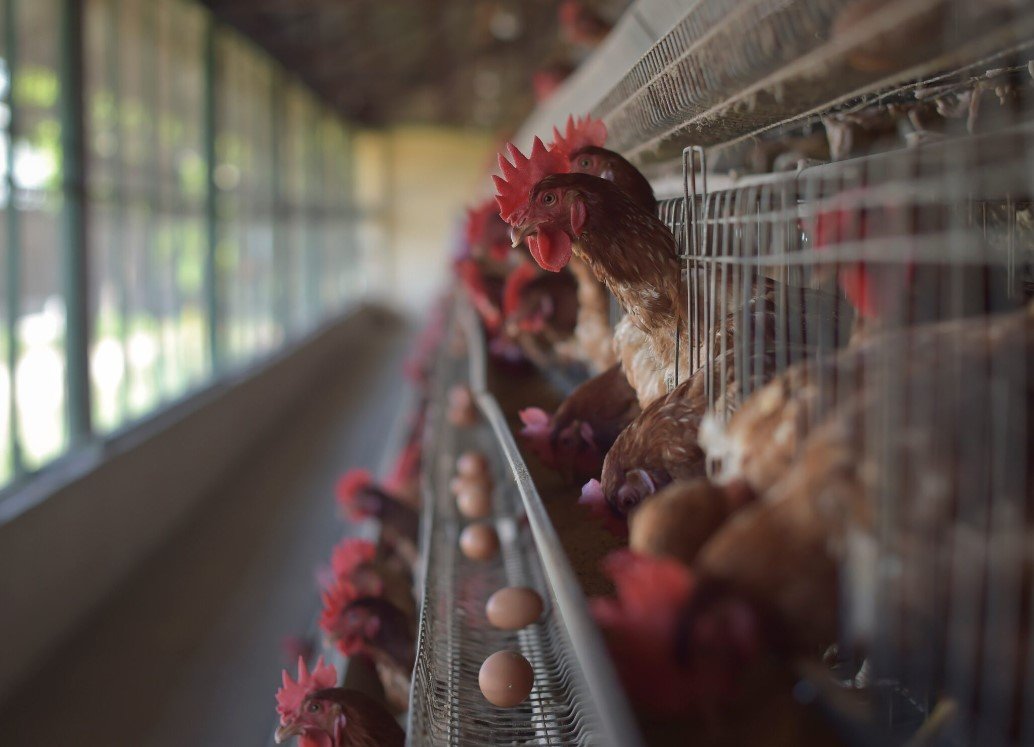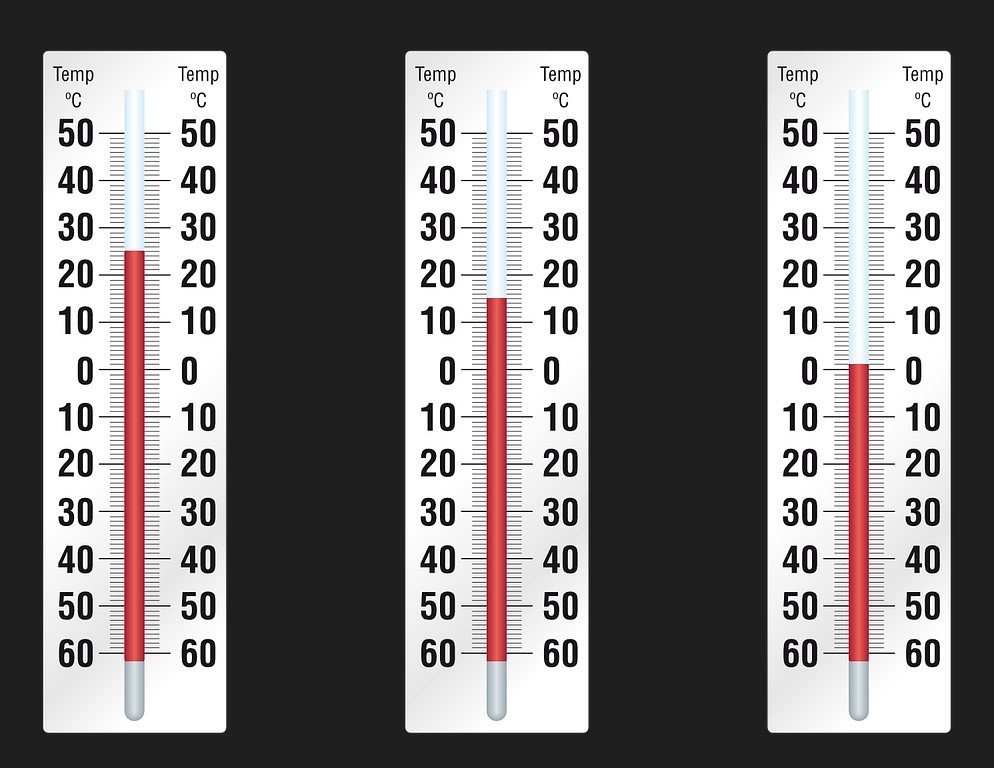The Indian auto sector, which has witnessed a recovery in FY2023 and FY2024, is likely to see a moderation in growth momentum in FY2025, according to a report by ICRA, a credit rating agency. The report expects varied growth trends across different segments of the industry, depending on the base levels, demand drivers, and supply-side challenges.
The passenger vehicle (PV) segment, which includes cars, SUVs, and vans, is estimated to reach an all-time high of around 4.1 million units in FY2024, registering a growth of 6-9% over FY2023. This is driven by a preference for personal mobility and stable semiconductor supplies, which have affected the global auto industry in the past year.
However, the growth rate is expected to moderate to 3-6% in FY2025, as the segment faces a high base and a waning pent-up replacement demand, which supported the industry over the past couple of years. The report also notes that the inventory levels at dealerships are high, at 55-58 days as of the end of December 2023, indicating a potential slowdown in demand for PVs.

Commercial Vehicles to See De-Growth in FY2025
The commercial vehicle (CV) segment, which includes trucks, buses, and three-wheelers, saw robust growth in volumes in FY2023, after a sharp decline in FY2022 due to the pandemic. The segment is expected to grow by 2-4% in FY2024, reaching pre-pandemic levels of around 1 million units.
However, the segment is likely to witness a mid-single digit de-growth in FY2025, as it faces headwinds from the electoral cycle and the high base effect. The report says that the infrastructure activities, which are a key driver for the CV demand, are likely to be affected by the model code of conduct ahead of the upcoming general elections in H1 FY2025. The report also cautions that the sustenance of the macro-economic environment and the improvement in infrastructure activity and last-mile transportation are key monitorables for the segment.
Two-Wheelers to Recover Gradually in FY2025
The two-wheeler (2W) segment, which includes motorcycles, scooters, and mopeds, has been the slowest to recover from the pandemic, as it caters to the lower-income segments of the population, who have been hit hard by the rising vehicle prices and inflationary pressures. The segment is expected to grow by 8-11% in FY2024, but still remain below the pre-covid peak levels of around 21 million units.
The segment is expected to recover gradually in FY2025, with a growth of 7-10%, aided by favourable structural factors such as rising per capita income, urbanization, financing availability, and increasing product launches. The report says that the demand has remained relatively stable even after the festive season, as per the channel check with dealerships, and that the inventory levels at two-wheeler dealerships are also stable.
Electric Vehicles to Gain Traction in FY2025
The electric vehicle (EV) segment, which includes electric cars, two-wheelers, and three-wheelers, has seen a significant upturn in prospects over the past two years, spurred by government support in the form of subsidies, enhanced awareness, and increasing product launches. The segment is expected to grow by 40-45% in FY2024, reaching around 1.2 million units, of which around 90% are electric three-wheelers.
The segment is expected to maintain its growth momentum in FY2025, with a growth of 35-40%, as more OEMs enter the market and offer a wider range of products and services. The report says that the EV segment has the potential to disrupt the conventional auto industry in the long term, as it offers benefits such as lower operating costs, lower emissions, and better performance. The report also highlights the challenges faced by the segment, such as high upfront costs, lack of charging infrastructure, and consumer apprehensions.
















